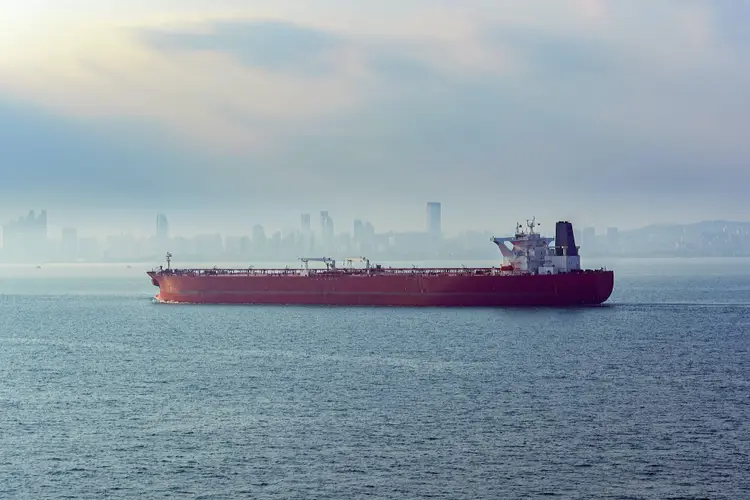Booming Tanker Demand in Asia and the Middle East Driven by Refining Fuel Production.

Chunzi Xu and Alex Longley, who work for Bloomberg, wrote the following blog post:
The focus point of the worldwide oil-refining network is rapidly relocating towards the east, resulting in a surge in the shipbuilding industry specialized in transporting fuel worldwide.
This year has seen a high demand for mid-range tankers, with 38 orders being placed, one of the busiest quarters since 2013 as reported by ship broker, Braemar. Another measure of orders placed is the number of ships that have been assigned international serial numbers. Ship broker, Simpson Spence Young, has confirmed that this number has reached 28, which is almost the same as the total of 31 that was reported for the whole year in 2022.
Outdated refineries located in the United States and Europe were forced to cease operations due to a significant decrease in demand for diesel, gasoline and jet fuel as a result of the Covid-19 pandemic. Meanwhile, fresh refineries are currently under construction in Asia and the Middle East. As a result, fuel consumers are now seeking supply from these new producers due to the surge in demand, resulting in the transportation of vast amounts of fuel across the water.
The current trend has caused an increase in the fees that can be charged by the already existing collection of ships, resulting in more profit for the industry and a quicker pace for the building of new ships.
Alexandra Alatari, a senior analyst at Braemar, stated that the primary change in refinery infrastructure that will increase demand for shipping of refined products in the foreseeable future is the distance between new refineries and major consumers.
Kpler Inc. has collected data showing that the quantity of fuel available at sea is over 200 million barrels at present, which is an increase from 177 million barrels two years ago. This data encompasses fuel shipments that are currently in transit, being transferred from one vessel to another, being held in storage on floating platforms, or stranded due to congestion.
At present, purchasers located on the East Coast of the United States are receiving an increased amount of fuel shipments hailing from the Middle East and Asia, as exports from Europe dwindle. Meanwhile, Australia, which had previously experienced the closure of certain domestic refineries, is importing a greater number of cargoes from the north and southeast regions of Asia; furthermore, India is boosting its exportation of products to Latin America. Predictions for the future entail an amplified shipment of fuel from US Gulf Coast refineries to both West Africa and Europe, according to John Auers, who is the managing director of refined fuels analytics at the consultancy firm RBN Energy.
The situation where Russia invaded Ukraine has led to a rise in shipping rates. Sanctions have resulted in a shift in global trade flows which has further increased shipping costs. Tankers in the Atlantic region are currently earning approximately $40,000 each day. This is the highest rate for this particular time of year since 2013. As a result, products are now spending more time on-board ships for longer distances. Additionally, there is an increase in wait times for transferring products from one ship to another or when stored on a floating vessel.
The surge in ship requests is resisting the trend of growing expenses. According to information presented by ship brokers, construction expenses for new ships have risen to approximately $45 million per vessel, which marks a 14% increase from the previous year and is the highest recorded figure since 2008.
There has been a recent increase in ship orders, which can be attributed to various factors. One reason is the pent-up demand that has built up after several ship owners postponed their orders due to uncertainties surrounding national and international regulations. These regulations were expected to require the use of eco-friendly tankers that could be powered by various fuels including methanol. However, with the surge in energy prices over the past year, many of these doubts have been alleviated. As a result, a significant number of the new orders are for ships that run on conventional fuels, as confirmed by Claire Grierson, head of tanker research at Simpson Spence Young.
Despite the recent procurement of new orders that could potentially increase the number of ships by 60 in 2025, the availability of vessels is forecasted to remain below average levels in the long run, as stated by Alatari of Braemar.









































